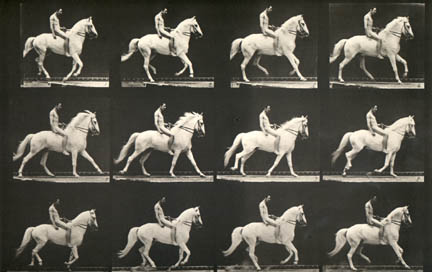
Have you ever heard of photographing on marble? Photography is a fascinating art and hobby with an extremely rich history. While most people grab their phones or digital cameras for picture taking fun, there are still others who turn to the past to learn old photography techniques.
It just so happens that as I was reading through a 1900 edition of The Rice Belt Journal I found this interesting entry on the process of transferring a photograph onto marble.

PHOTOGRAPHING ON MARBLE
Process, Recently Perfected, Which Is Said to Give Fine Results.
The following process for making photographic impressions upon marble has recently appeared and is said to give very fine results, says the Scientific American.
The surface of the marble is well smoothed but not polished. Upon this spread a layer of the following mixture: Benzine, 500 grammes; turpentine, 500 grammes; bitumen, 50 grammes; beeswax, 5 grammes.
This layer is allowed to dry, and the gelatin surface of the photographic plate is then applied and an exposure of 20 minutes made by sunlight.
After removing the plate, wash with gasoline, which takes off that part of the varnish which has not been acted upon by the light, and the image gradually appears.
The action of the gasoline is stopped at the desired point by washing in a stream of water. The surface thus prepared is plunged into an alcoholic solution of Prussian blue, eosin red, etc.
When the color has penetrated by capillary action, the layer of varnish is taken off and the surface of the marble finely polished. In this way a permanent image of a fine color and great depth is obtained. [Source]

